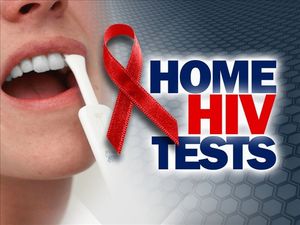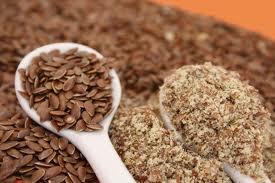Omega-3 fish oil has been recognized to have significant benefits for healthy blood vessels and heart health. Ideally fish, which is rich in omega-3 fats, should be eaten several times per week, and salmon, mackerel or sardines are excellent choices. Some individuals are not fond of these choices and do not get enough of omega-3 fats. There is still the alternative to take fish oil. Most people would cringe at the idea of swallowing a spoonful of cod liver oil, but fish oil, which can be taken encased in a gelatin capsule is no longer a “yuck” experience.
It is certainly worthwhile to take a closer look at omega-3 fish oil, as new research from Adelaide, Australia has come into the forefront, associating fish oil with health benefits. Dr. Peter Howe, PhD from the South Australian University’s School of Health Sciences supervised research on patients with metabolic syndrome. They were overweight, had high blood pressure, a high insulin level and high blood fat or triglyceride levels. The patients participated in a 12-week program, which not only included moderate aerobic exercise three times per week, but also the intake of fish oil or sunflower oil. A control group received sunflower oil combined with exercise. The difference was quite significant: those on a regimen of exercise and fish oil supplementation lost more body fat mass than those who were using sunflower oil and adhered to an exercise program.
Exercise alone and fish oil alone did not produce these effects. It was the combination that made the difference! The researchers state that omega-3 fatty acids cause a switch to enzymes that burn fat, but exercise is the driver, which increases the metabolic rate, so fat loss becomes possible. It was also found that the winning combination of fish oil and exercise promoted a decrease in blood pressure and triglyceride levels.
Dr. Howe noted that not only did it reduce body fat (weight loss mostly noticeable in the abdominal area), but also it was beneficial to the patients’ general health. It is the protective effect of omega-3 fish oil on blood vessels, which is making them more elastic and more efficient in transporting nutrients to the muscles.
More information of good and bad fatty acids: http://nethealthbook.com/health-nutrition-and-fitness/nutrition/fat-good-bad-fatty-acids/
Reference: The Medical Post, May 3, 2005, page 15
Last edited October 28, 2014

















